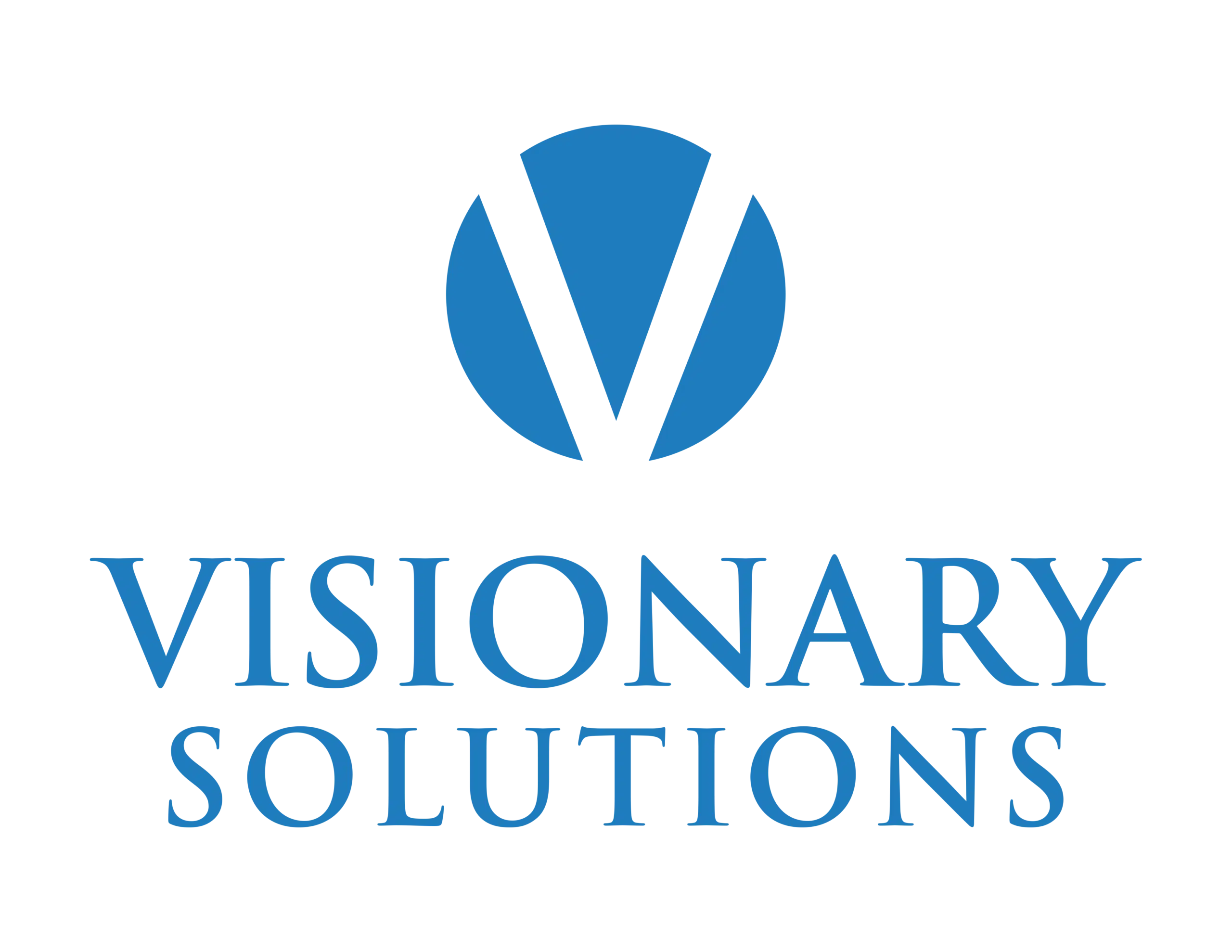Using phone, chat and/or email to help with sales and marketing efforts, outbound call centers have developed a unique role. Sustained success requires that your business knows how to leverage outbound calls to fuel sales and marketing efforts. This is where call center metrics become important.
An analysis of your business’s call center metrics and key performance indicators can help you improve your business’s inbound and outbound call center processes. Outbound call center metrics help your business determine the effectiveness of your campaigns and identify areas of improvement.
So what are the most useful metrics in an outbound call center to measure sales effectiveness? And how would you evaluate them?
About Outbound Call Centers
An outbound call center is a type of contact center that makes outgoing calls to customers on behalf of a client. The calls are typically made to promote a product or service, gather customer feedback, or provide customer support.
Outbound call centers are typically staffed by sales representatives who are trained to promote products or services and handle customer inquiries if there are any. These agents make outgoing calls using a computer-generated list of customers or leads. They may also use automatic dialing systems to make calls faster.
Outbound call centers are often used by businesses wishing to increase their sales and generate more leads. However, they can also be very disruptive to customers who receive unwanted calls. It is important for businesses to use outbound call centers responsibly and to target the right audience, making sure that they are providing value to their customers.
What are Outbound Call Center Metrics?
There are several different ways to evaluate the success of an outbound call center, and they all have different strengths and weaknesses. You can look at sales or revenue, the number of leads generated, the amount of time customers spend on the phone with an agent, or the amount of money each call brings in.
Outbound call center metrics are performance indicators that help businesses track and improve the efficiency of their outbound call center operations. To monitor the effectiveness of an outbound call center, you need to track metrics that measure agent performance, call center software, campaign types, and timing. Some of the most common indicators include the average speed of answer, average handle time, first call resolution rate, and abandonment rate.
Agent metrics are also critical for measuring call center performance. These include call activity and completion rates, the customer satisfaction score, and agent efficiency (the ratio of productive to unproductive calls). Call center software key metrics focus on how efficiently your agents operate the call center software and the overall efficiency of the call center software platform.
By tracking these and other outbound call center metrics, businesses can identify areas for improvement and make changes to improve the overall efficiency of their outbound call center operations. It’s also important to compare these metrics to industry benchmarks and customer expectations to ensure that you’re providing a quality customer experience.
The Relationship Between Metrics and Analysis
In order to properly analyze something, you need to have accurate data to work with. Without proper metrics, any analysis is likely to be flawed.
This is especially true in the world of business. Businesses rely on data and analytics to make decisions about everything from marketing to product development. Which can also be applied to an outbound call center context.
By understanding which metrics are most important to your call center’s success, you can more effectively analyze data, identify trends and issues that need to be addressed, and then make decisions that improve performance.
What Outbound Call Center Statistics Are You Tracking?
When it comes to the call center industry, you need to keep tabs on how your statistics are looking over time. If your performance isn’t improving, you won’t be making nearly as much money as you could be. So, you’ll want to make some adjustments.
The best way to do this is by taking a close look at your recent performance and then planning out how you can improve it. You can use data on how many calls you make per day, the amount of time each call takes, and what percentage of those calls result in actual sales.
The important thing is to use this data to adjust and improve your strategy going forward.
But how do you know if you’re tracking the right metrics? There is no one-size-fits-all answer to this question, as the right outbound call center metrics will vary depending on the specific goals and objectives of your call center. However, some general tips that can help you determine if you are tracking the proper KPIs include:
- Make sure that the metrics you are tracking are aligned with your overall business goals and objectives.
- Use a mix of both quantitative and qualitative metrics.
- Use metrics that allow you to track progress over time.
- Use metrics that are actionable and can help you improve call center performance.
The Advantages of Outbound Call Center Metrics and KPIs
Most call center managers are familiar with the frequently used, but rarely applied metrics and KPIs. While they can be useful in researching calls or interactions with your team, there are so many more metrics and KPIs that can positively affect your business. Here are some of the reasons why you should be tracking outbound call center metrics and KPIs:
Provides an understanding of what’s working (and what’s not)
Tracking outbound call center KPIs can help you understand what’s working and what’s not by providing data on things like call volume, average call duration, conversion rate, and first call resolution rate. This data can help you identify areas that need improvement and make changes to improve your call center’s performance.
Allows for making data-driven decisions
By providing managers with information about which agents are making the most calls, how long each call lasts, and what the outcome of each call is, managers can easily identify areas where agents need more training or support, and it can also help them determine which agents are the most productive.
Can help to improve the customer experience
By tracking KPIs, call center managers can see where calls are being dropped or where customers are waiting too long for a response. This information can then be used to identify any areas where the customer experience may be falling short and make necessary changes in the call center.
Tracking outbound call center KPIs can also help to improve the customer experience by helping to identify any trends in customer behavior. For example, if a particular KPI is consistently low, it may indicate that customers are not happy with the service they are receiving. This information can then be used to make changes in the call center in order to improve the customer experience.
10 Essential Outbound Call Center Metrics to Track
The more you know about how calls are performing and what areas can be improved on, the better your marketing operation becomes. With that being said, here are the 10 most important metrics and KPIs to keep an eye on:
1. Occupancy Rate
The occupancy rate in an outbound call center is the percentage of time that agents are available to take calls divided by the total time that they are scheduled to work. You can track the occupancy rate by monitoring the number of calls that agents are taking and the amount of time that they are spending on each call.
There are a few key reasons why tracking the occupancy rate in an outbound call center is important:
- It allows you to monitor and adjust staffing levels accordingly.
- It helps you to budget more accurately for labor costs.
- It can give you insights into times of day or week that are busier or slower, which can help you to optimize your schedule.
- It can be a leading indicator of call volume trends, which can help you to forecast future needs.
2. Call Quality
There are a few factors that contribute to call quality in an outbound call center. These include the clarity of the agent’s voice, the ability of the agent to understand the customer, the ability of the agent to properly convey information to the customer, and the overall professionalism of the agent.
There are a few ways to track call quality in an outbound call center:
- Call monitoring: This involves listening in on calls made by agents to see if they are following best practices. This can be done in real-time or after the fact.
- Call recording: This involves recording all calls made by agents so that they can be reviewed later. This is useful for catching any issues that may have been missed during call monitoring.
- Quality assurance scores: This involves giving agents a score based on how well they handled a call. This can be done by customers or by supervisors.
- Customer feedback: This involves asking customers how satisfied they were with their call experience. This can be done through surveys or other feedback mechanisms.
3. Hit Rate
The hit rate in an outbound call center is the percentage of times that a sales representative makes contact with a potential customer.
One way to track the hit rate in an outbound call center is to calculate the number of calls made divided by the number of appointments set. Another way is by dividing the number of calls made by the number of sales made.
4. Lead Conversion Rate
Lead conversion rate is the number of leads that are converted into sales. It is determined by taking the number of leads that were successfully converted into customers and dividing it by the total number of leads that were contacted. This will give you the percentage of leads that were successfully converted.
There are a few key reasons why tracking the lead conversion rate in your outbound call center is important:
- It allows you to track and monitor the progress of your outbound call center campaign, and see if it is successfully generating qualified leads and converting them into customers.
- It helps you to identify any potential problems so that you can make necessary changes and improve your conversion rate.
- It provides valuable data that can be used to assess the effectiveness of your outbound call center campaign and make necessary adjustments to improve its overall performance.
5. Average Handle Time (AHT)
The average handle time or the average hold time in an outbound call center is the average amount of time it takes for a call center agent to handle a customer call from start to finish.
There are a few reasons why tracking the average handle time in an outbound call center is important:
- It can help you identify areas where your agents may need more training. If agents are taking a long time to complete calls, it could be because they are unsure of what to say or do next. By providing additional training, you can help them become more efficient and improve the overall quality of your outbound call center.
- It can also help you identify when your agents are rushing through calls. If the average handle time is significantly lower than usual, it could be because your agents are trying to complete too many calls in a shift. This can lead to mistakes being made and a decline in the quality of your outbound call center.
- Tracking the average handle time can also help you assess the overall efficiency of your outbound call center. If the average handle time is consistently low, it could be an indication that your call center is running smoothly and efficiently. On the other hand, if the average handle time is consistently high, it could be an indication that your call center could use some improvement.
6. Call Abandonment Rate
Call abandonment rate is the percentage of calls that are abandoned by customers before they are answered by an agent. It is an important metric to track because it can indicate how well the call center is performing in terms of customer satisfaction. A high call abandonment rate may indicate that customers are not able to get through to an agent in a timely manner, or that they are not satisfied with the service they are receiving.
7. Contact Rate
Contact rate is the percentage of outbound calls that result in contact with a live person. It is an important metric to track because it is a good indicator of the effectiveness of the outbound call center. A high contact rate means that the call center is doing a good job of reaching people, and a low contact rate means that the call center needs to improve its performance.
8. Cost per Call (CPC)
The cost per call is an important metric to track in an outbound call center because it can help to identify inefficiencies and optimize performance. For example, if the cost per call is high, it may be due to the number of calls being made, the length of time spent on each call, or the number of employees needed to staff the call center. By tracking the cost per call, call center managers can make changes to improve efficiency and reduce costs.
9. After Call Work Time (ACWT)
After-call work time includes the time that agents spend on post-call work, such as wrapping up notes, entering data into the system, and preparing for the next call. This metric is important to track because it can help managers identify inefficiencies in the call center operation. For example, if agents are spending too much time on after-call work, it may be an indication that the call center system is not efficient or that agents are not properly trained.
Additionally, after-call work time can be used to measure agent productivity. If agents are taking too long to complete after-call work, it may be an indication that they are not working as efficiently as possible. By tracking this metric, managers can identify areas where agents need more training or where processes need to be streamlined.
10. Average Talk Time (ATT)
The average time a call lasts can help managers identify issues with the quality of customer service. If the average talk time is too long, it could indicate that agents are not providing efficient service. Conversely, if the average talk time is too short, it could imply that agents are rushing through calls or not providing enough information to customers. By tracking this metric, call center managers can ensure that their agents are providing quality service that meets customer needs.
Conclusion
There are a number of important metrics to consider in an outbound call center, but the most important ones are those that measure sales effectiveness. To properly evaluate these metrics, you need to understand how they work and what they mean for your business. With this knowledge, you can improve your outbound call center processes and make your business more successful.




